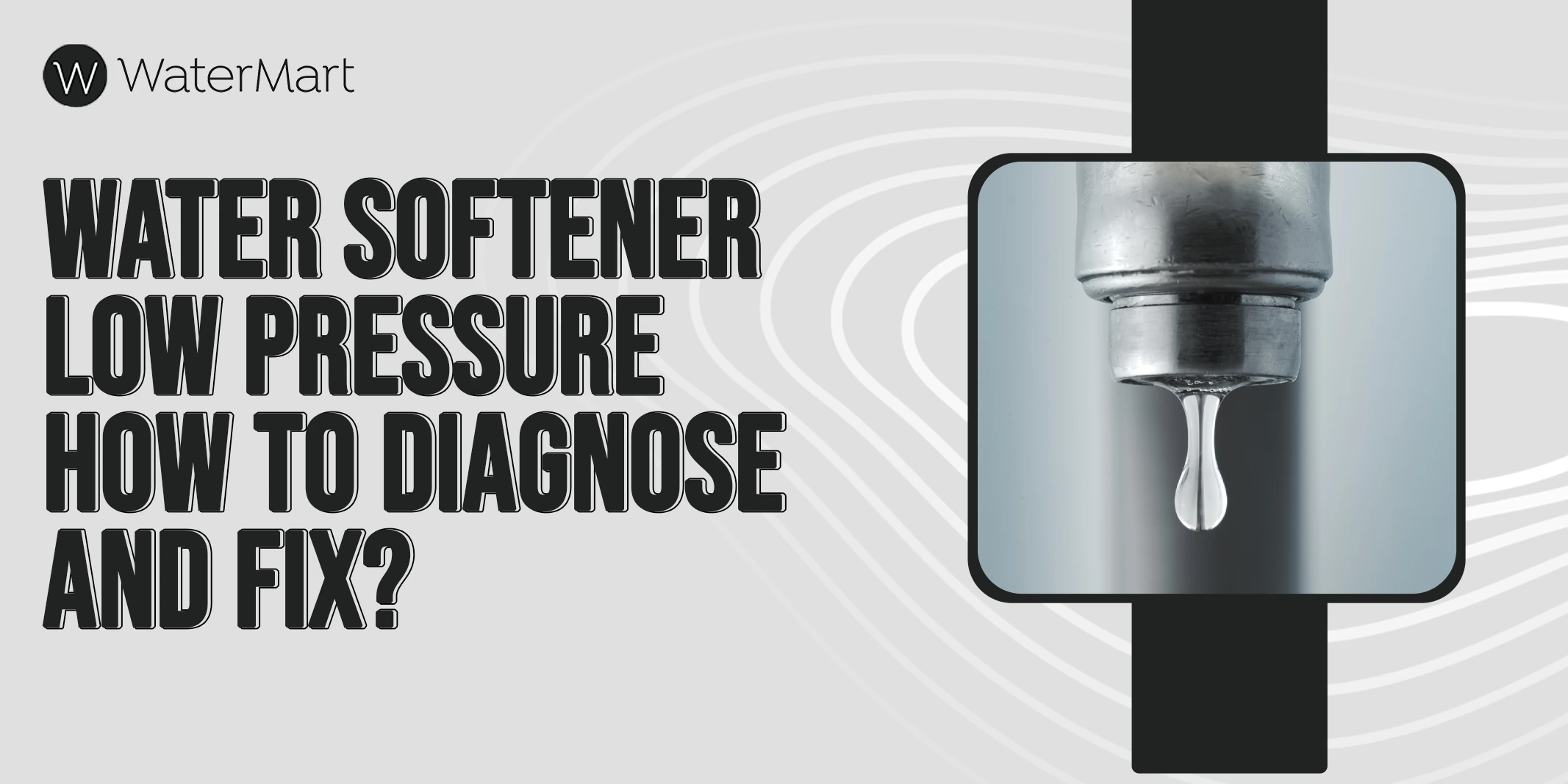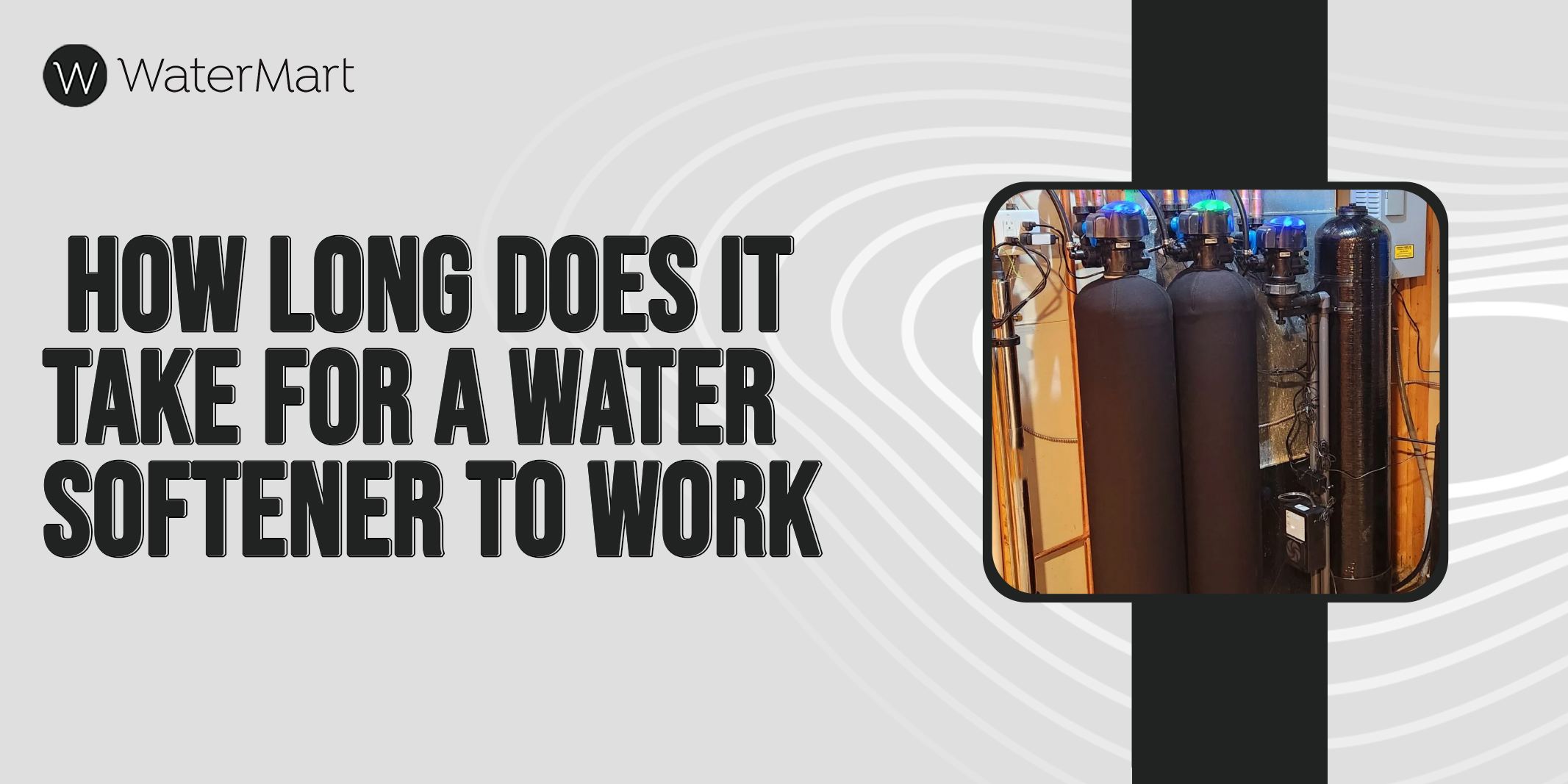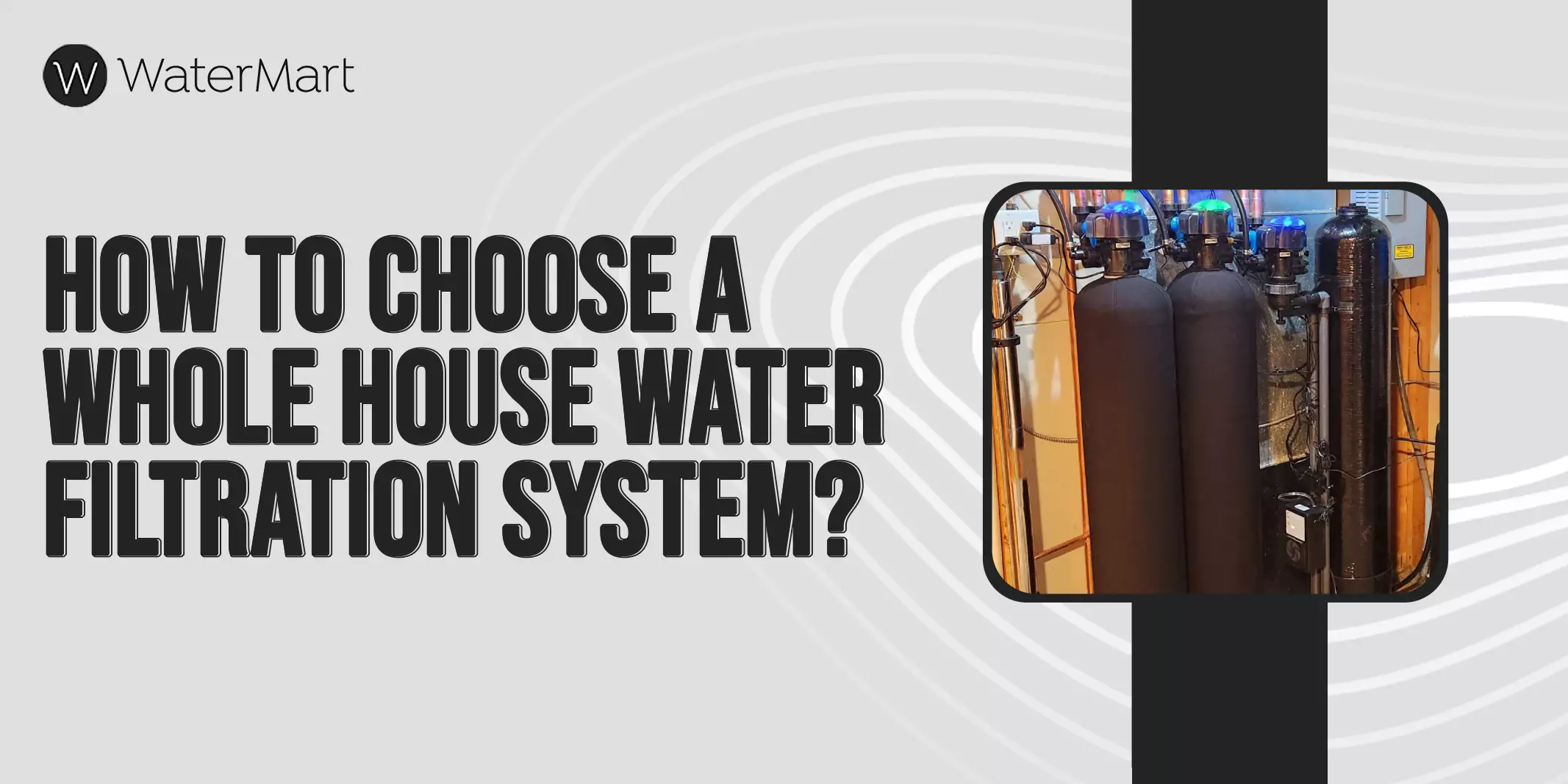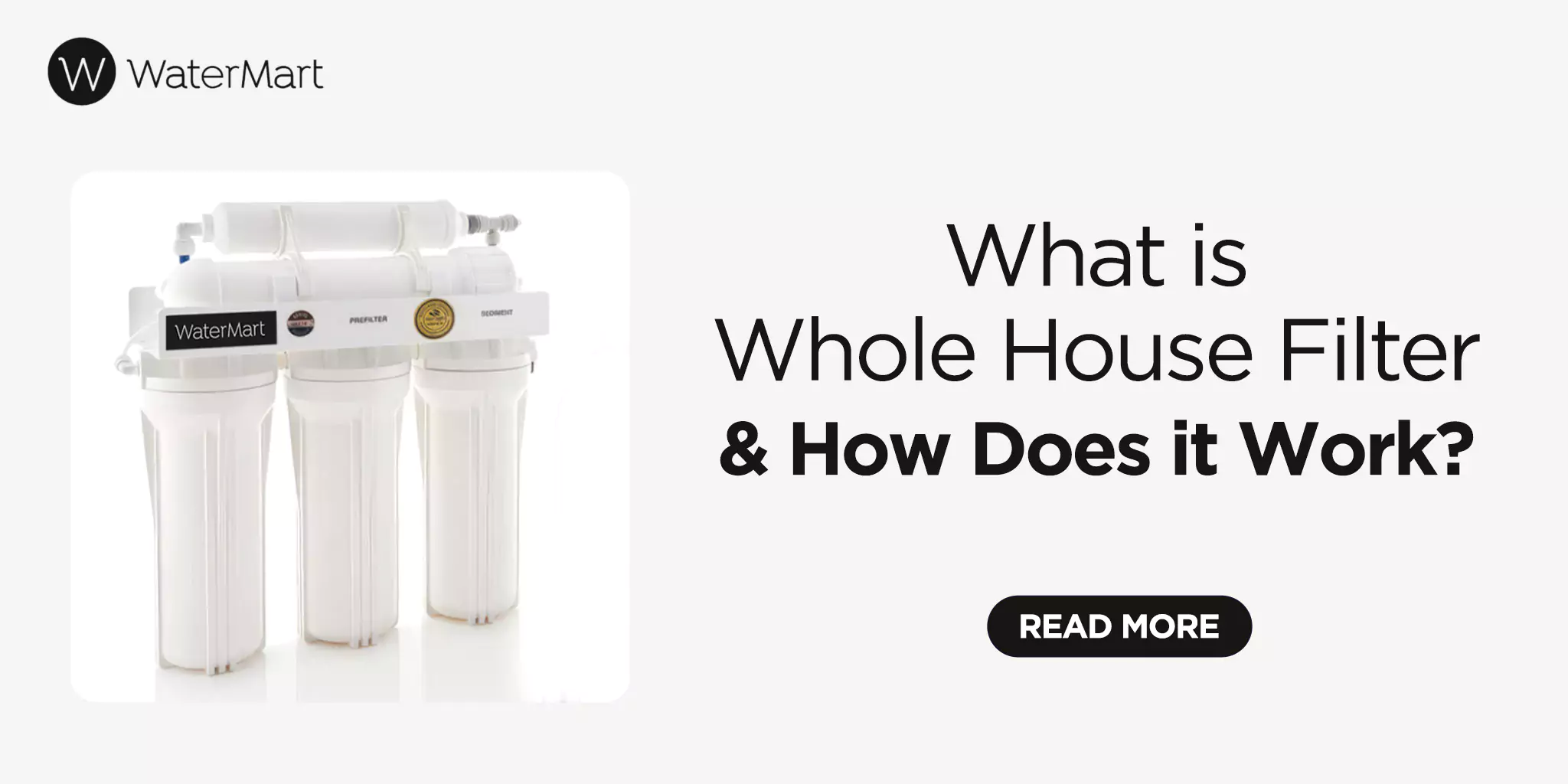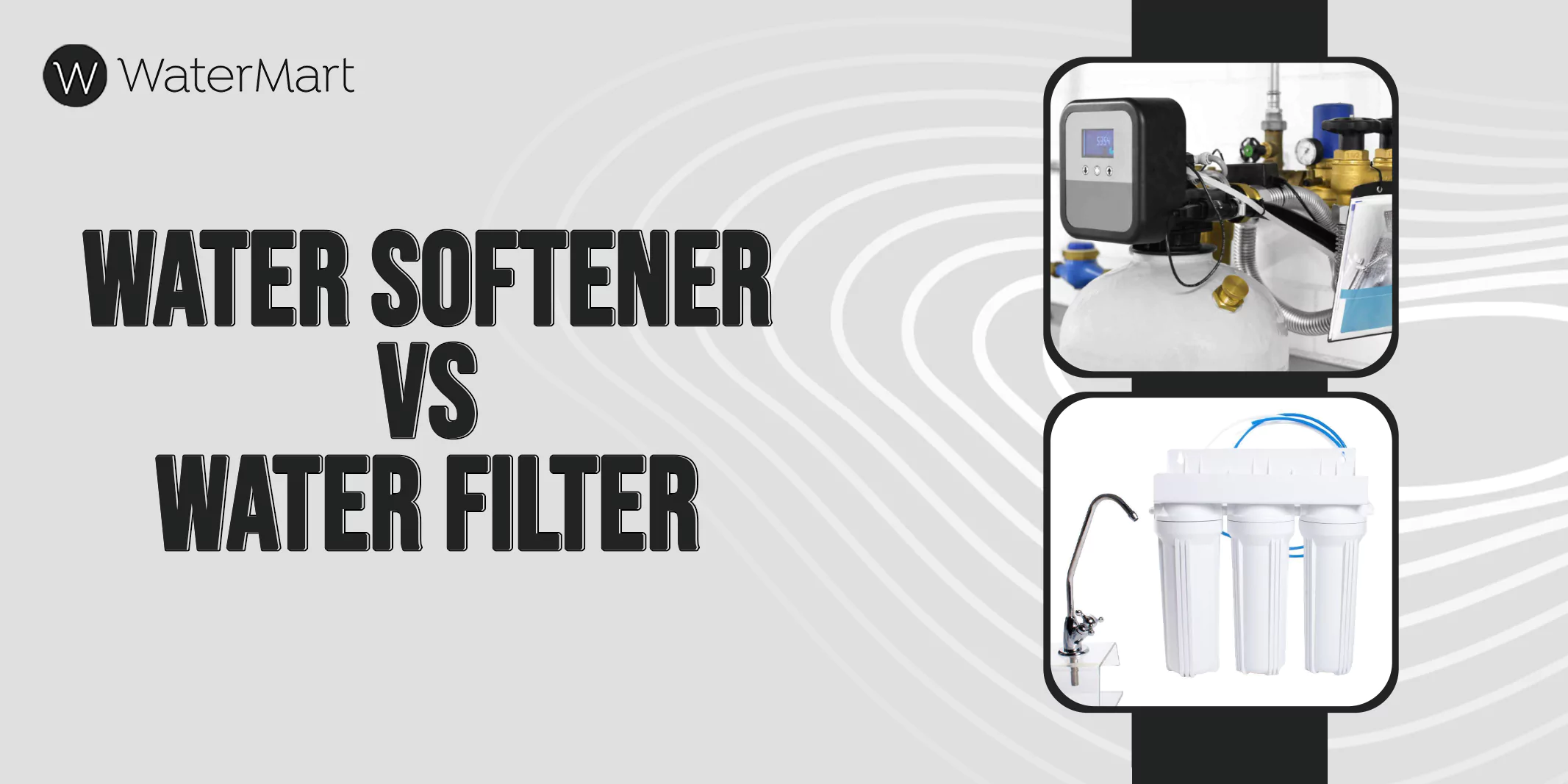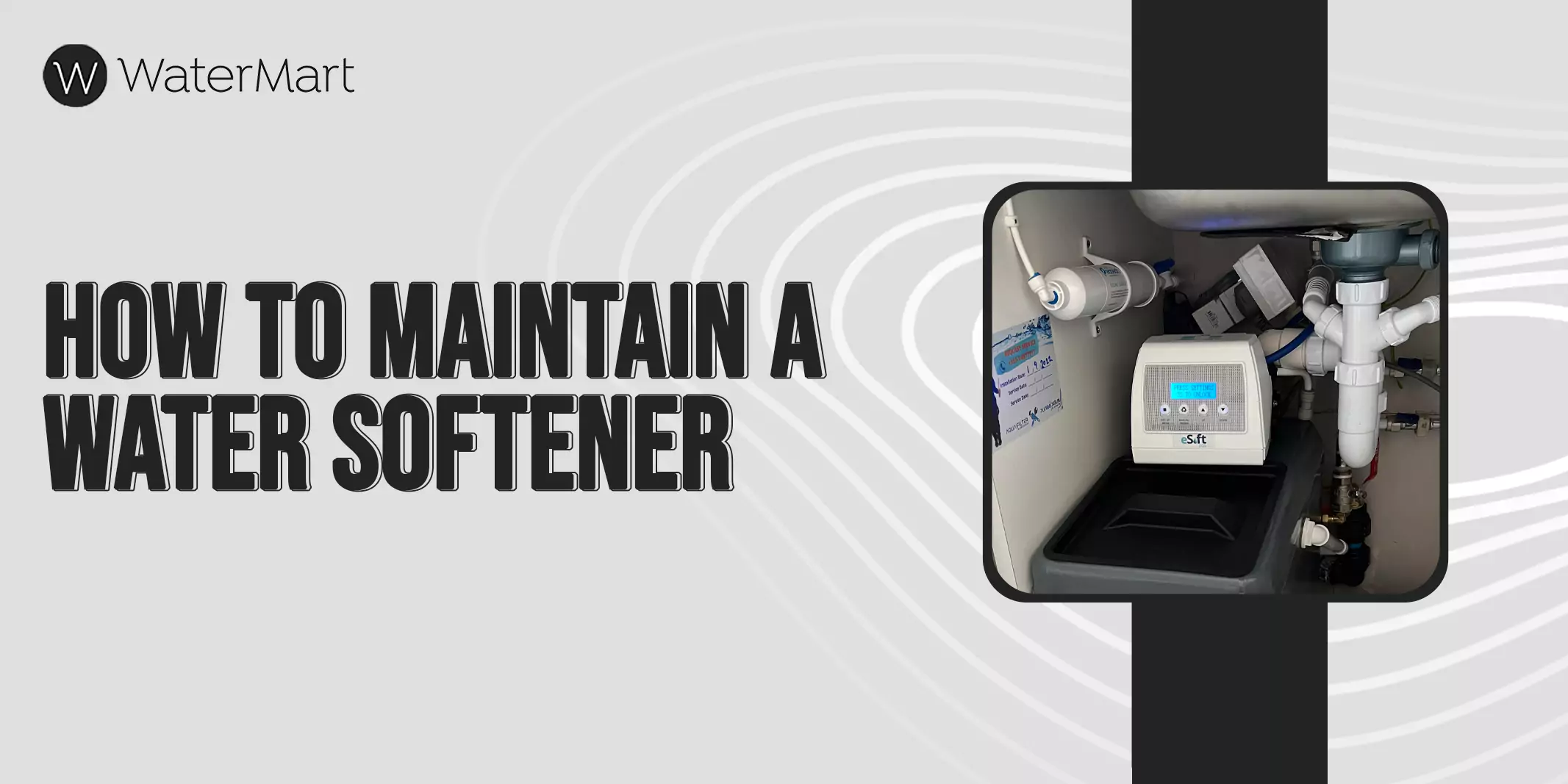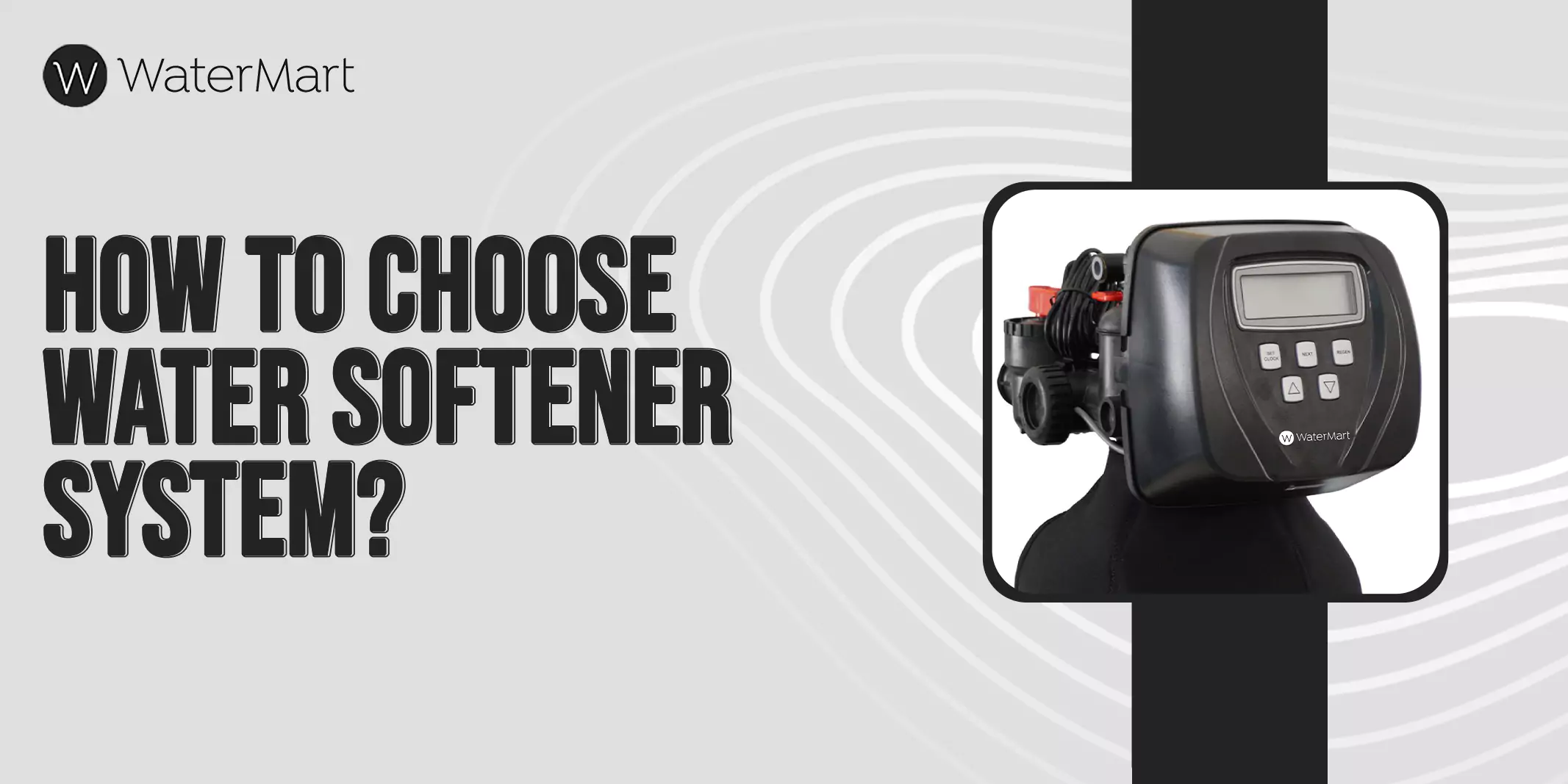Your cart is currently empty!
Water Softener Low Pressure: Common Causes and Effective Solutions!
Low water pressure from a softener often results from mineral buildup on resin beads, clogged filters, salt bridges, or a faulty bypass valve. Check each component, clear any blockages, and regenerate the system. Cleaning or replacing filters and resin typically restores normal pressure.
If your water softener is causing low pressure, start by running a thorough check-up and look for any clogs and blockages in the resin tanks, filters, and pipes. Also, check if there are salt bridges by a visual inspection. Moreover, checking the bypass valve can help you diagnose what is causing low water pressure.
But, if you are facing low water pressure for the first time and have no clue how to start the diagnosis, here is our complete guide on checking and fixing the softener’s low water pressure problems.
Possible Reasons for Water Softeners Causing Low Water Pressure
Can a water softener affect water pressure? Yes, it can. The water supply in your household goes through several steps in a water softener tank, making many factors responsible for low pressure. Let’s look at all the factors individually and see how you can diagnose a low-pressure problem at home.
Pipe Leakages
Check all the pipes connected to the water filter, both incoming and outgoing. If you spot any leaks, replacing the pipe may resolve your pressure issue. If no leaks are found, the water softener could be the cause of the pressure drop. In that case, further investigation is needed for other symptoms related to the water softener pressure drop.
Bypass Valve Issues
Check your bypass valve in the water softener system, set it to bypass mode, and see if it lets water go to your household at full pressure or not. In the “bypass” mode, the water goes directly to your household without entering the filter. If you get improved pressure, the softener may be the cause.
Clogged Resin Beds
Clogged resin beads don’t filter the water, resulting in poor or low water pressure at the consumer end. Check the water beads and see if you find scale or clogged minerals on them. For a detailed guide on how to address this issue, visit our article on water softener clogged.
Resin Cleaning Or Replacement Needed
If you find clogs or scaling on the resin beads, look for the cleaning options too. A normal filter resin bead’s lifespan is 3-20 years, but a low-quality resin may deteriorate earlier. So, look at your resin’s condition and check whether it needs maintenance or a replacement.
Salt Bridges Or Salt Mushing
Salt bridging is the solidification of salt on the top of brine solution as a crust, and salt mushing is when the salt recrystallizes at the bottom in the form of sludge. In both cases, less brine or no salt goes to the resin tank, resulting in poor brine supply to the beads. This may deteriorate the overall filtration process of the water softener, resulting in poor performance. You can either remove salt bridges and sludges on your own using a long-handled tool (like a broom handle, a mop handle, or some similar stick) and break the salt pileups.
Sediment Clogging
Sediments are a natural part of hard water. During water flowing through the softener, they get clogged around plumbing pipes, filters, and resin beads, resulting in poor performance.
Water Softener Restricting Flow
If your water is not flowing at the required pressure to your water softener, you can’t have the right pressure at the point of use. Simply check the main supply and adjust the water pressure according to your needs.
Pre-Filter Clogging/ Mineral Build-Ups
Suppose the quality of water is really poor, and it has other sediments or minerals like magnesium, calcium, iron, coal, and other particles along with high hardness. In that case, it chokes the pipelines and all plumbing systems. These scale and mineral build-ups clog the pipes and do not supply water to the water softener at the right pressure, resulting in overall low pressure in the softener system. Changing pre-filter plumbing pipes can help you regain the water pressure.
Dynamic Head Loss
Dynamic head loss is the pressure drop caused by frictional forces during the flow. It happens when a fluid moves through pipes and different plumbing fixtures, including valves and fittings. The reasons behind this pressure drop are the type of material of the pipes, their friction, and the length or diameter of these pipes. If all these factors are not chosen properly, they can cause a pressure drop.
Salt Level
Unnecessarily high salt levels increase the salt recrystallization and the tendency to clog, resulting in low pressure. Keeping a regular check on salt levels and troubleshooting if your softener is using too much salt can solve the problem.
Clogged Injector
If your brine solution injector valve is clogged by debris, it will not let the brine pass to the resin tank, resulting in clogged resin. The water softener clogged injector does not support the brine cycle in the resin. So, check for the injector and see if you can see through the holes or not. Use the needles to open or run proper cleaning to unclog the injector.
Expanded Media (Resin + Chlorine)
Resin is a plastic, a composite material, to be precise. It is directly attacked by any oxidants, like chlorine or chloramines. In Canada, if you are using city water, coming from a local municipality station, there are chances of high chlorine levels as compared to water coming from natural resources. So the presence of 1 ppm chlorine may decrease the resin’s life by half.
Chlorine Damage
If your water softener is cleaning 0.5 ppm chlorine, the resin’s life will be around 10 years. When to change the resin is another question. There is a simple “sqush test” which states that if you can mush the resin beads with your fingers, it is time to change the resin.
Improper Configuration
If you have not configured your water softener properly for hardness values, water pressure, salt levels, and regeneration cycle, you may experience low water pressure. So, configure it properly to avoid this malfunctioning.
Electrical Interruption
Water softeners are electrically connected. In case you are having a power outage or fluctuation, your filter may end up reducing the water pressure.
Incorrect System Sizing
The size of your water softener should be according to the amount of water you need daily. Calculate your water usage by counting your family members and the amount of water needed per person. Then multiply it by the hardness level of your water. The grains you get are the capacity of your water softener. A normal person uses 80 gallons a day.
In Canada, if you are living in an area where water hardness is 10, a house of 4 people will need 4*80*10= 3200 GPG a day. So your water filter should be according to this capacity. To ensure your system is properly sized, check out how to determine the right capacity in our guide on water softener sizing.
Age Of The Water Softener
A good quality water softener’s lifespan is 20 to 25 years if you have been maintaining it very well. However, poor maintenance can reduce its life. Check whether it has expired or not. If your system is too old, it is better to replace it because maintaining it can cost you more than the price of a new unit. At WaterMart, we have water softener systems for different sizes and needs. Calling us today can give you an idea of the cost of a new unit.
How to Fix a Water Softener Low Pressure Issue?
If you have diagnosed your low water pressure problem and the reasons behind it, look at the following solutions to the specific problems.
Inspect And Clean the Filters
In case your filters are clogged or messy, either change or clean them for proper functioning. Turn off the filter, remove the dirt and mineral build-ups by scraping the deposits, and rinse them using hot water. Or if to avoid DIY cleaning, contact us at WaterMart for filter cleaning services.
Low Water Pressure After Water Softener Regeneration
Poor water softener regeneration leaves the resin beads uncleaned and clogged, resulting in low water pressure. Set your water softener at the proper regeneration cycle for a thorough cleaning.
Salt And Brine Tank Maintenance
To ensure proper flow of the brine solution to the resin tank, remove any salt bridges and mush buildup. Break salt bridges by gently tapping the sides of the salt tank with a broom handle or similar tool, and scoop out any mush using a plastic container or scoop before refilling with fresh salt.
Pressure Gauge Test And Installation
A pressure gauge test is carried out to check the overall pressure of the water softener system. If you get any abnormal readings, you can easily check for the potential reasons and solutions. Modern water softeners come with built-in pressure gauges, a handy tool to compare the inlet pressure, outlet pressure, and pressure within the softener, helping you manage the right softening system for adequate supplies.
If you don’t get a pressure gauge with your water softener, you can buy and install a separate pressure gauge to keep an eye on the system’s pressure beforehand.
Water Softener Bypass Mode Test
The purpose of conducting the “bypass” test is to isolate your water supply from the water softener. It helps you identify whether your water softener is faulty or if the water resource pressure is dropping. If the bypass mode test ensures adequate pressure, then you can run other tests to diagnose the problem within the water softener system.
Check And Replace Resin
The ability of resin to filter clean water and hold heavy minerals decreases over time. Also, during the regeneration process, the beads deteriorate. With time, resin beads stop working. If you see any sand-like particles during the inspection, it is an indication that the resin needs to be replaced.
Inspect And Clean Components
Run a cleaning operation every month, check for any clogs, mineral buildups, and recrystallization in the tank, valves, controls, and other plumbing in and around the water softener. Even if you don’t see any visible signs of clogs or scale pile-ups, cleaning the tank is a recommended practice.
Check Filter Housing Size
Filter housing size is as important as the size of the water softener itself. If the diameter of the filter housing is too small, it will restrict the water flow, resulting in reduced pressure. So, choosing the right filter housing size will improve overall pressure and help you reduce dynamic head loss.
Consult Water Softener Maintenance Professionals
Diagnosing low water pressure causes can be tricky if you are a non-techy person or don’t want to do any work. In that case, you can either contact your supplier or call us for water softener maintenance services at WaterMart Toronto. Our professionals can diagnose and fix any problems that are causing you higher bills and the inconvenience of the unavailability of water.
Final Thoughts
Low water softener pressure can cause salt waste and unavailability of water even after filtration. This often happens when the resin beads are either dirty or choked, valve injectors are clogged, the size or type is not accurate, or there is mineral buildup, salt bridging, or leaks in the system.
You can thoroughly check your system, starting with the “bypass” method and progressing to other inspection methods. As soon as you diagnose simple problems, you can fix them at home.
Or simply, if you want to avoid any hassle, give us a call at WaterMart, where our technicians bring you the right solution.
FAQs
Run the “bypass” mode test to check if the water pressure in your house is alright without using a water softener. If the pressure improves, it confirms that the water softener is causing a pressure drop.
Water softeners have different pressure ranges, ranging from 20 psi to 100 psi. However, the recommended pressure is 80 psi to avoid damage to faucets or filtration fittings.
However, it is a visual inspection that you can do even daily or weekly. But perform it monthly, spot any unusual accumulation of salt, and remove it.
